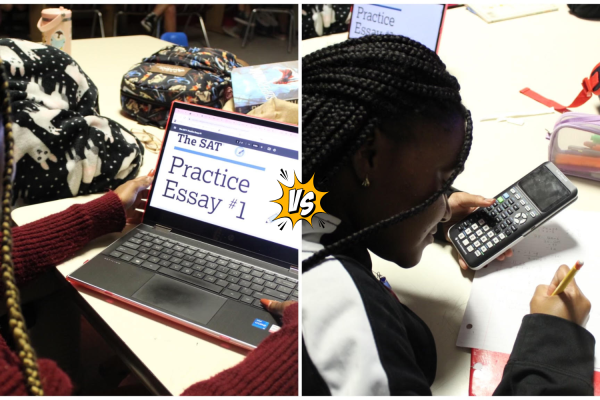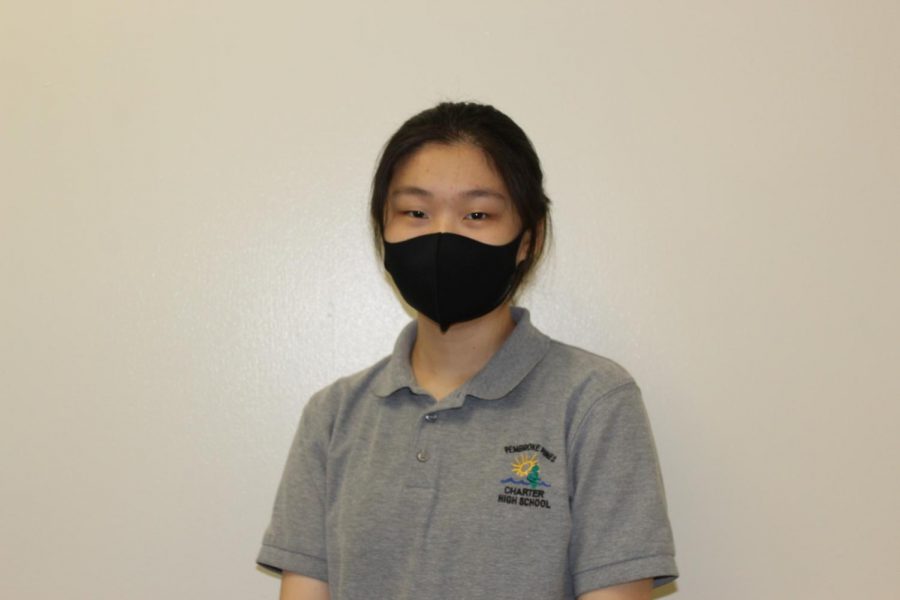The early Saturday morning has finally come. As every student takes a seat, the proctor begins, “College Board SAT testing rules include policies to make sure all students have a fair and equal test experience. Everyone in this room today is responsible for helping make that happen.” As the nerves creep up your spine, the proctor places a booklet onto your desk, creating a rush of relief. Now, you’re destined to perform at your optimum level, knowing that the unpredictability of this test is all contained in one controlled setting: a printed paper booklet.
The process of manually writing answers and understanding printed language is known to generate new ideas and strengthen comprehension. Psychological studies have concluded, “The act of writing is supported by neural enabling processes as well as manipulations of the bodily external environment. Where our trains of thought, arguments, solutions to problems, or storing of the results of these cognitive and mental acts involve writing, some of the enabling processes are external.” With that being said, insightfully comprehending and inputting answers that are physically presented is beneficial to your intake of content and, therefore, improves overall performance.
For senior Mario Idiarte, on-paper exams help him grasp the information and logically come to a final response in a faster period than digital tests. He recalls, “For the reading section especially, I prefer having the option of flipping through pages and underlining key phrases to find answers to the questions, rather than having to scroll.” Being taught since kindergarten to use every part of the test to his advantage, the digital format offers distractions that stray his focus from the task at hand.
Not to mention, the digital SAT creates an unequal advantage for those who aren’t as technologically savvy as other test-takers. Students who are unfamiliar with the testing format and tools given during the exam will waste more time managing the program than performing to their best ability.
For math questions specifically, using complicated formulas or inputting a certain number of decimal places will become a misuse of time or incorrectly-typed responses.
On the other hand, students who already spend an abundant amount of time on their devices are only increasing their allotted screen time during a test. Individuals who mindlessly scroll for hours at a time using no critical thinking skills are almost guaranteed to struggle in focusing on such a high-stakes test that’s given in the same program.
Regardless of the testing format, proctors spend the full three hours ensuring that the SATs aren’t invalidated by cheating. A digital exam would blatantly reveal a student’s answer responses for other students to view—ultimately wasting the proctors’ efforts.
In essence, opting for traditional paper tests is the most rational, streamlined, and advantageous choice. Though it’s critical to progress towards technological advancements, the shift to digital testing would, in fact, be a regression.










